Connecting...

This is a quick preview of the lesson. For full access, please Log In or Sign up.
For more information, please see full course syllabus of Trigonometry
For more information, please see full course syllabus of Trigonometry
Trigonometry Word Problems and Applications of Trigonometry
Lecture Description
In these word problems and applications of trigonometry, you'll use the knowledge of the previous lectures: The SOHCAHTOA, The Law of Sines, The Law of Cosines, and Heron's Formula. Remember that the SOHCAHTOA is used in right triangles only, while the other rules can be used in any triangle. In this lecture, you'll learn how to find the height of a telephone pole if you are given the length of its shadow and the angle that the sun's rays make with the ground. In other examples, you'll work with bridge length, roads to a town and some other real life situations.
Bookmark & Share
Embed
Share this knowledge with your friends!
Copy & Paste this embed code into your website’s HTML
Please ensure that your website editor is in text mode when you paste the code.(In Wordpress, the mode button is on the top right corner.)
×
Since this lesson is not free, only the preview will appear on your website.
- - Allow users to view the embedded video in full-size.
Next Lecture
Previous Lecture










































 Answer Engine
Answer Engine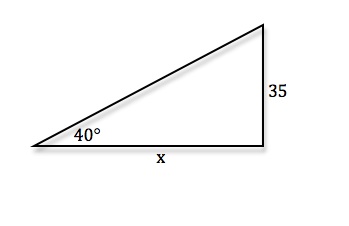
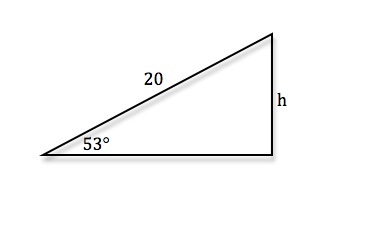
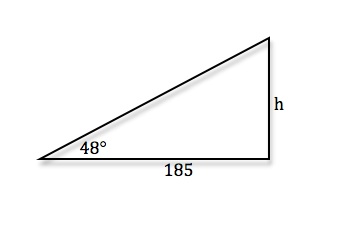
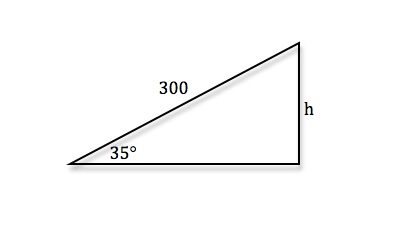

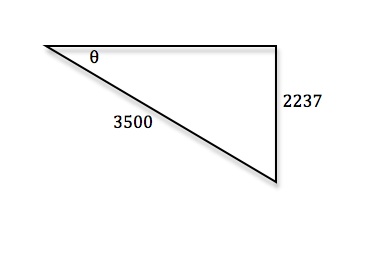
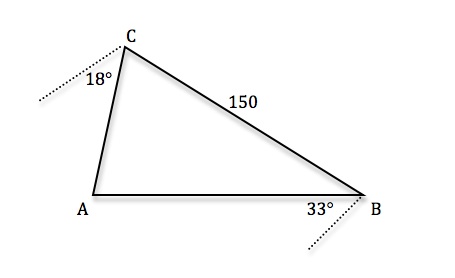
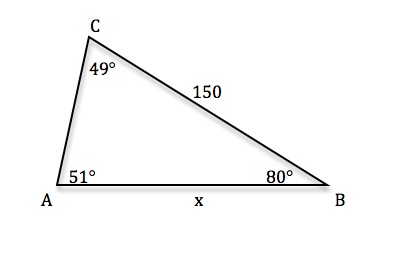
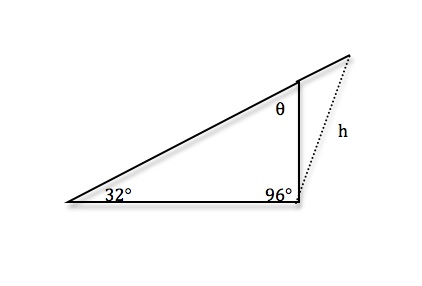
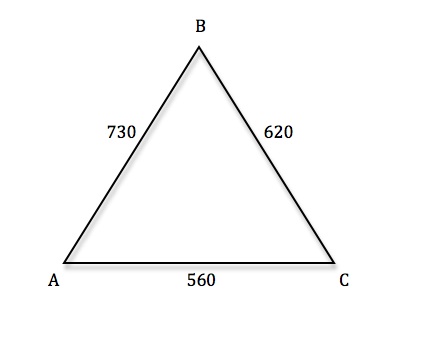
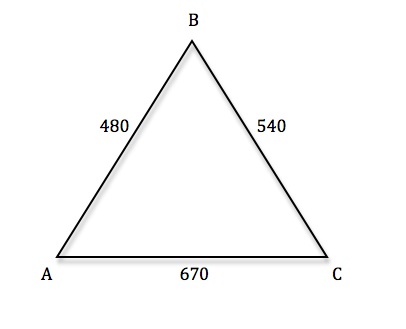
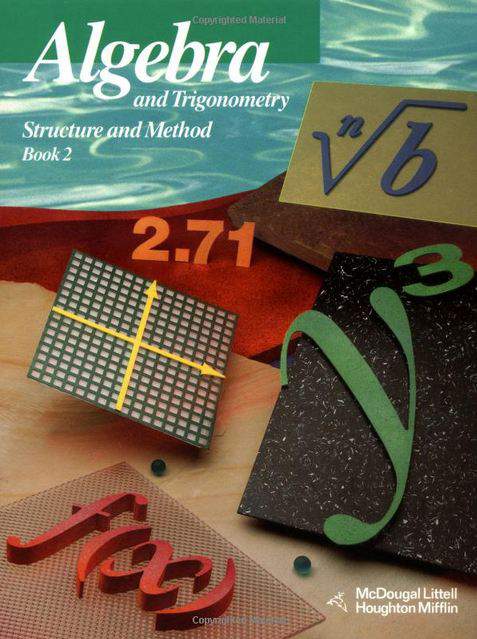



1 answer
Tue Jan 7, 2014 11:55 AM
Post by Anwar Alasmari on January 1, 2014
Hello Doctor,
in the example III, why the result of the root of 350(190)(110)(50) is equals 100 times root of 35(19)(11)(5)?
3 answers
Tue Aug 13, 2013 5:17 PM
Post by Taylor Wright on July 19, 2013
I thought that the Law of Sines doesn't work for AAA, because there would be infinite solutions.